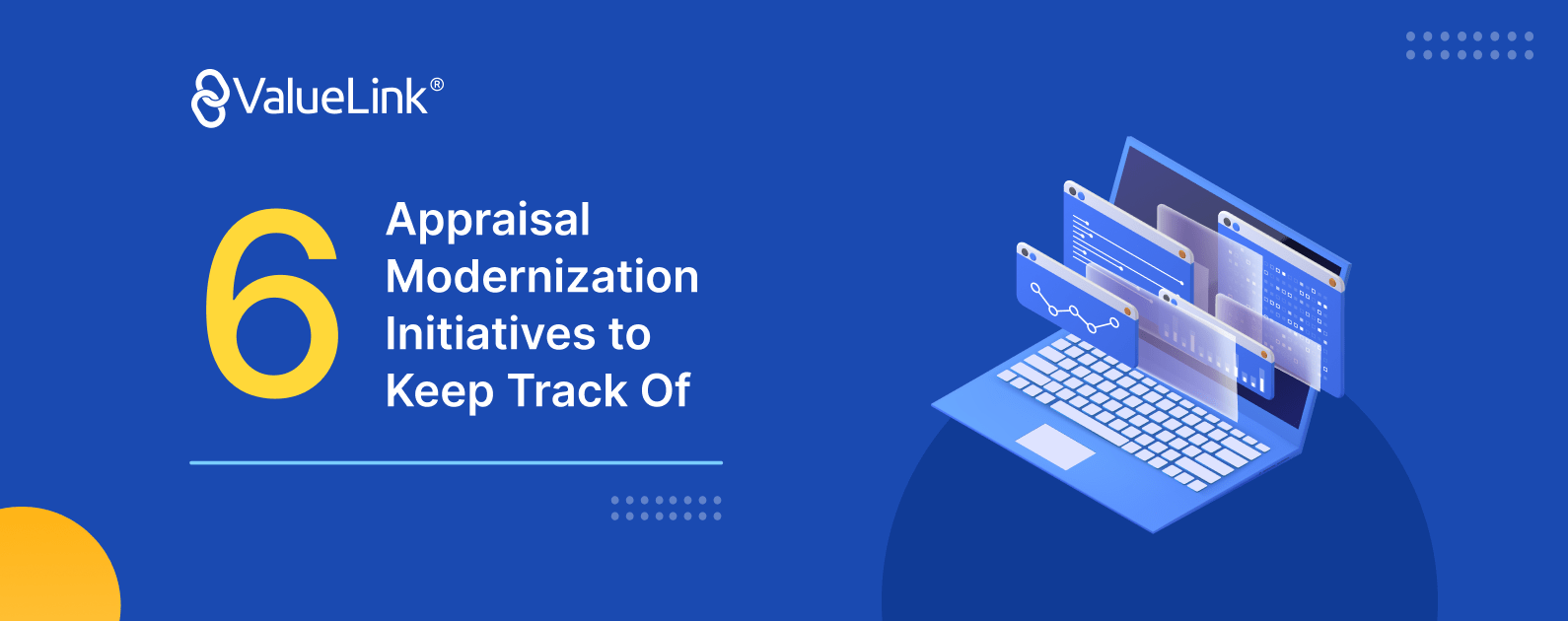
Appraisal modernization is gaining momentum, driven by initiatives from Fannie Mae and Freddie Mac aimed at improving efficiency, reducing costs, and addressing the growing challenges in the housing market. Each of these efforts introduces significant changes to the traditional appraisal model, making the process faster, more reliable, and more accessible. Below is a closer look at the top six efforts you should be aware of:
Hybrid appraisals offer a blend of automation and human expertise. In this process, a third-party professional, such as a real estate agent or an inspector, collects key property data, including photos and measurements, during an in-person visit. The collected data is then passed on to a licensed appraiser who completes the valuation remotely.
This method addresses many inefficiencies in traditional appraisals. By separating the data collection from the analysis, hybrid appraisals cut down on time and costs while still delivering accurate property valuations. It also reduces the risk of human bias, since the person gathering the data is separate from the person performing the analysis. Hybrid appraisals are especially useful in areas where appraiser availability is limited, speeding up transactions significantly.
Automated Valuation Models (AVMs) use algorithms and large data sets to estimate property values without an in-person visit. These models rely on historical sales data, tax records, and comparable sales data to produce an estimated value. AVMs offer a faster and more cost-efficient solution for low-risk transactions, such as refinances and properties with plentiful comparable sales data.
The primary advantage of AVMs is speed. They allow lenders to quickly get a sense of a property’s value without the need to wait for a traditional appraisal. However, AVMs work best in markets with abundant, up-to-date data and may struggle to accurately value unique or high-end properties where comparable data is scarce.
Desktop appraisals allow appraisers to complete property valuations remotely by analyzing data from public records, MLS listings, and third-party reports. This process eliminates the need for a physical inspection, speeding up the appraisal process while maintaining accuracy for certain properties.
This method gained significant traction during the COVID-19 pandemic when in-person inspections were restricted. Now, desktop appraisals are part of a broader effort to modernize appraisals, providing an effective solution for properties in low-risk transactions. They’re particularly useful for lenders looking to reduce appraisal timelines and costs for homes in markets where sufficient data is readily available.
The “Value Acceptance + Property Data” program from Fannie Mae allows lenders to accept property data collected by third-party inspectors as the basis for a valuation, rather than requiring a full, traditional appraisal. If conditions change or additional verification is needed, the data can be used to upgrade the process to a hybrid appraisal, involving a licensed appraiser.
This program provides greater flexibility for lenders, enabling them to reduce the number of full appraisals needed, which can speed up the loan approval process. It also reduces costs and appraisal delays, making it an attractive option for many transactions. This method is particularly effective for properties where a traditional appraisal might be unnecessary or time-consuming.
The Uniform Appraisal Dataset (UAD) is being updated to bring consistency and clarity to the data used in appraisals. This redesign aims to create a more standardized, digital approach to property data collection, reporting, and submission. By adopting new technologies and integrating API solutions, the UAD redesign enhances data consistency and streamlines how property information is shared between appraisers, lenders, and government-sponsored enterprises (GSEs).
This redesign is particularly important for ensuring that the data used in appraisals is both accurate and accessible. It reduces inconsistencies in appraisal reports, often leading to delays in loan approvals. The new UAD format will be more flexible, enabling future enhancements to meet the evolving needs of the housing market.
Freddie Mac’s ACE+ PDR program combines automated valuation models with property data reports collected by third-party inspectors. This system allows lenders to receive a fast and accurate valuation without requiring a full appraisal, significantly reducing the time needed to close loans. The data can be upgraded to a hybrid appraisal if additional validation is required.
The ACE+ PDR program is particularly useful for refinancing transactions or lower-risk loans, where a full appraisal might be overkill. Using AVM technology and human-verified data collection, the ACE+ PDR program ensures that property valuations are both fast and reliable, helping streamline the loan process.
© 2025 ValueLink and all related designs and logos are trademarks of ValueLink Software, a division of Spur Global Ventures Inc.